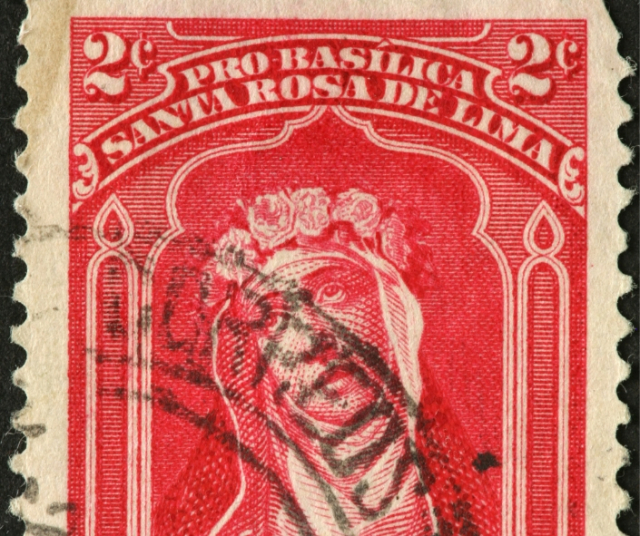Peru , a land of diversity and cultural richness, is home to a large number of historical figures who have left an indelible mark on its history. One of the names that resonates with particular force is that of Santa Rosa de Lima , whose relevance transcends the religious to become a symbol of national identity and an example of devotion and charity. .
Historic context
The birth of Santa Rosa de Lima in 1586 took place at a time of profound historical and social changes in the Viceroyalty of Peru. Colonial Peru was experiencing the fusion of indigenous, European, and African cultures, resulting in a diverse and complex society. Lima, the capital of the viceroyalty, had become a vibrant economic and cultural center, attracting people from different backgrounds and social classes.
During this period, Spanish colonial power was firmly established in the region, and the Catholic Church played a central role in the lives of the colonists. Religion, along with colonial institutions, shaped society and culture, influencing the way people related to each other and to the world around them. In this context, the figure of Santa Rosa de Lima emerged as a counterpoint to the social norms and expectations imposed by colonial society. His choice to lead a life of piety and devotion instead of following the traditional route of marriage and family defied the conventions of the time. His family's opposition to his decision only intensified his determination to follow the path he felt God was leading him.
Devotion and Religious Legacy
The deep religious devotion of Santa Rosa de Lima made her a central figure in the history of the Catholic Church in Peru. Her life of prayer, penance and service to those most in need placed her on a pedestal of holiness and earned her canonization in 1671, making her the first saint born in America and the patron saint of Lima and of lay and religious in Peru.
The sanctuary of Santa Rosa de Lima, located in the city of Lima, became a place of pilgrimage for faithful from all over the country and beyond. His tomb and relics became a focus of devotion and a source of reported miracles, cementing his status as a spiritually powerful figure.
Influence on National Identity
The figure of Santa Rosa de Lima is not only limited to the religious field, but also triggered a series of processes that contributed to the formation of Peruvian identity. His unwavering devotion and dedication to those most in need resonate deeply with Peruvian culture, which values solidarity and community support.
In times of social struggles and persistent inequalities, the example of Santa Rosa de Lima inspires Peruvians to commit to social justice and work for a more equal country. His emphasis on charity and service to the underprivileged continues to influence charitable organizations and humanitarian aid efforts in Peru.
Iconography and Artistic Representation
The artistic representation of Santa Rosa de Lima in Peruvian iconography is tangible proof of its cultural relevance. Paintings, sculptures, and altarpieces depict her with her iconic features: a Dominican habit, a crown of thorns, and a serene face. These visual representations have become a symbol of Peruvian devotion and reaffirm their place in popular culture.
The impact of Santa Rosa de Lima on Peruvian identity resonates today, reminding us of the importance of solidarity, compassion, and justice in building a more equitable society. His story is a reminder that through individual actions and a commitment to noble values, it is possible to shape a nation's identity and leave a lasting legacy in history.
